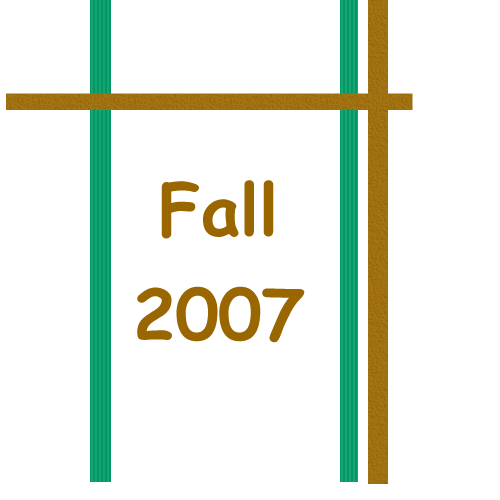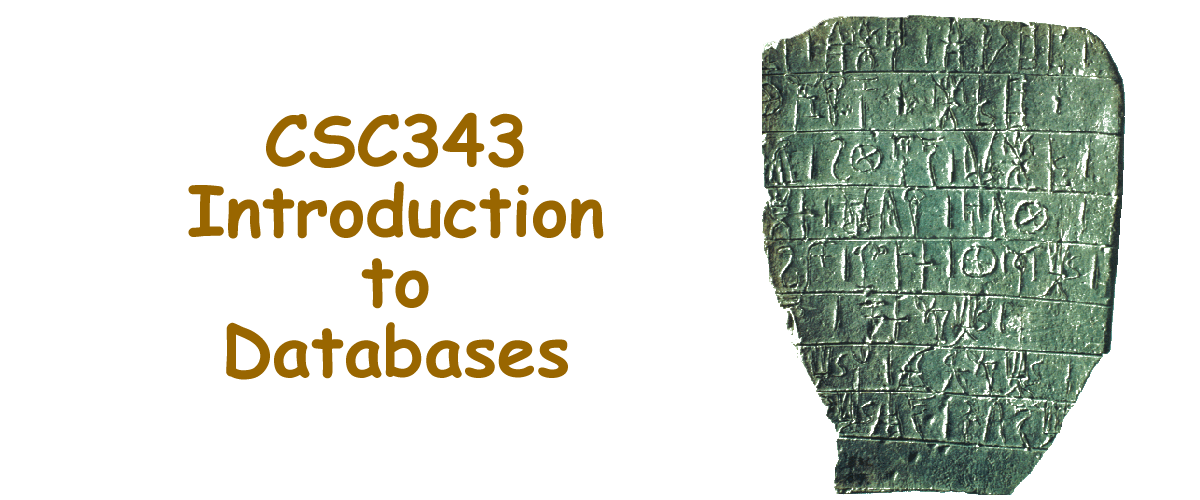Some Writing Tips
Here are some easy-to-follow writing tips. Try them.
| 1 |
Avoid the awkward use of he/she isms, commonly
used to avoid gender bias, with the use of the
third-person plural.
Use they (subject), them (object), and their (possessive)
instead.
You could also use "one" here, like "One can determine...". Though
it might be a bit pretentious. |
| 2 |
Avoid interjecting the first-person singular
(I) in your technical writing. Use the
third-person (it, the author), instead. The exception to
this is when expressing a personal opinion. In this case, you might
use something like "it is the author's opinion that ..." or "this
author believes that ...".
Often people use "we", even if there is only one author, which is
a bit strange, but true. |
| 3 |
Avoid casual idioms, cliches, and flowery metaphors.
e.g., brick and mortar, developer's playground, Information Highway |
| 4 |
Ensure that you have correct subject-verb-object
agreement. |
| 5 |
Eliminate extraneous noise and
useless language. Your writing should be crisp, concise
and clear. (Your reader will love you for this.) |
| 6 |
When using the abbreviation for "for example", use the proper
abbreviation, followed by a comma, a space, and the example
that you are citing. (e.g., ...) Similarly,
"that is" should be "i.e., ". (from the latin "id est") |
| 7 |
Balance your phrases properly. e.g., first, second,
third ...; either, or; one, another; one, the other. Do not
overuse these phrase types. When you have sentences made
of many phrases or clauses make sure to separate them correctly
with punctuation, else it's very difficult to read. |
| 8 |
Keep your tense consistent. Usually, if something
presently occurs, speak in the active voice. Most descriptions of
the current environment are in the active voice. |
| 9 |
Have a teammate (or friend) read what you have written.
Chances are, if something is unclear to them, then you need to improve
the clarity of the identified problem area. This can often be done
by reorganizing the structure or eliminating ambiguous areas. (Try
not to be too defensive - rather view their time and suggestions as
constructive opportunities.) |
| 10 |
Avoid using conjunctions in formal writing (unlike
what I'm doing here). It is for it's, could not for couldn't, etc.
(also avoid using etc.) |
| 11 |
When writing a large document in a group, make sure that
everyone has carefully read and proofread all sections written
by themselves and their teammates. It can be useful to assign
someone to be a final editor. Often groups will divide up
sections of the writing. If this is done without careful proofreading
and editing it results in obvious shifts in authorship including inconsistency
in terminology, style, and content. Check for this. |
| 12 |
Finally ... Always use a spelling-checker. Never submit
anything that has not been checked for spelling mistakes! |
Also, Debby Repka provides
a writing course WRT30X which
is available to you. I took a course with her and it was extremely helpful.
You cannot go wrong by improving your ability to communicate.
My thanks to Jennifer Horkoff
for proof-reading this, and adding some useful additions :-)
|



